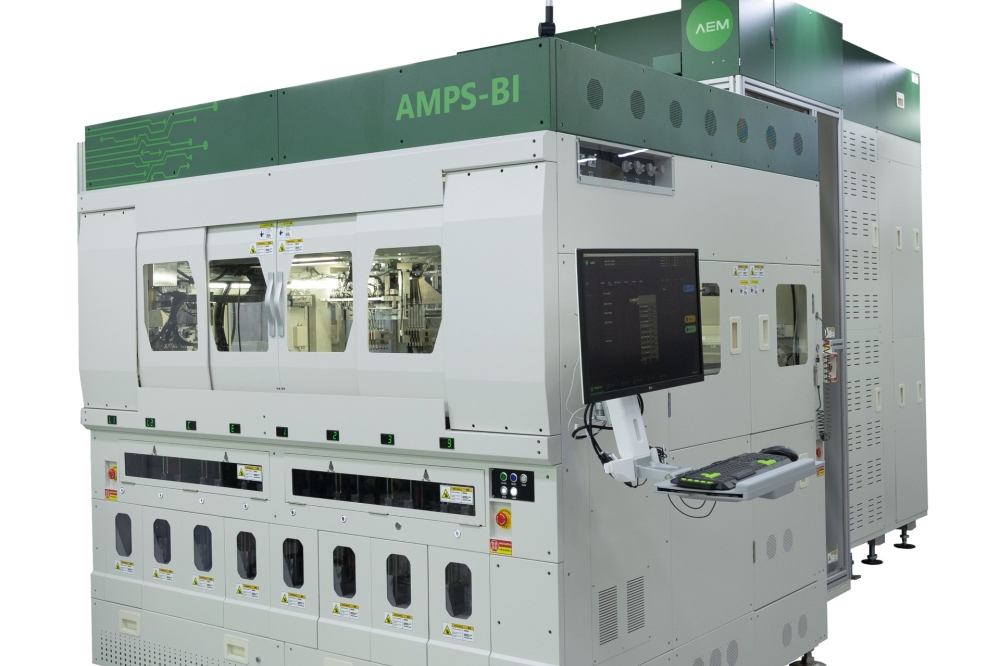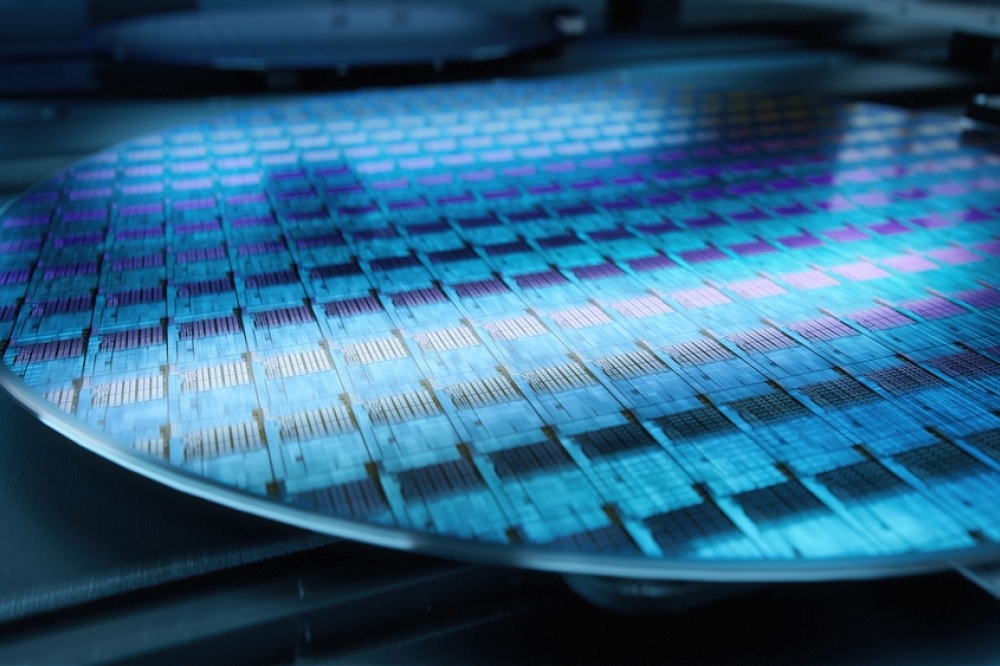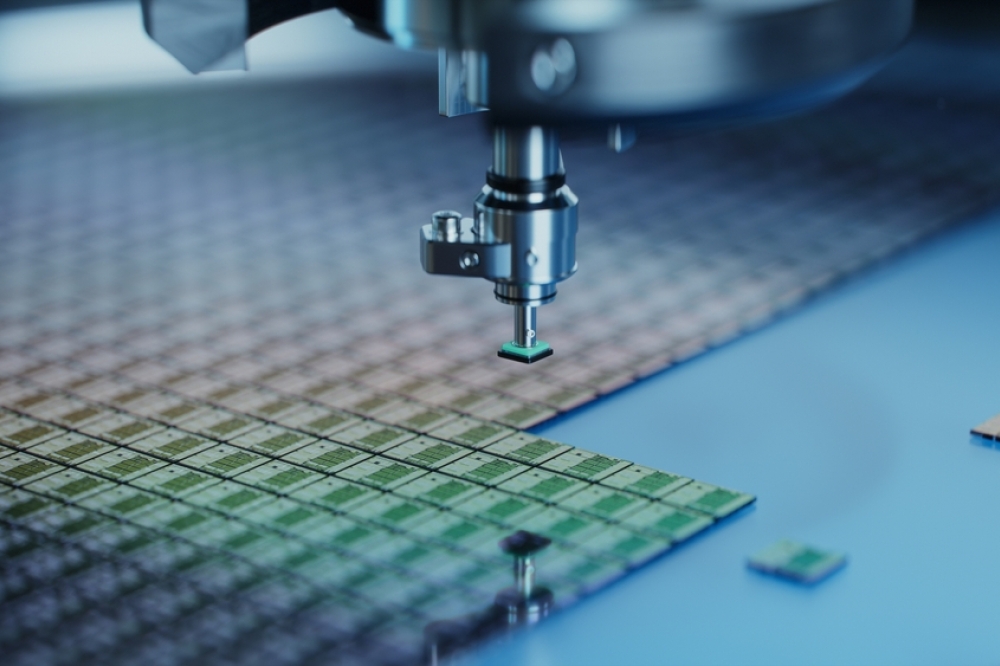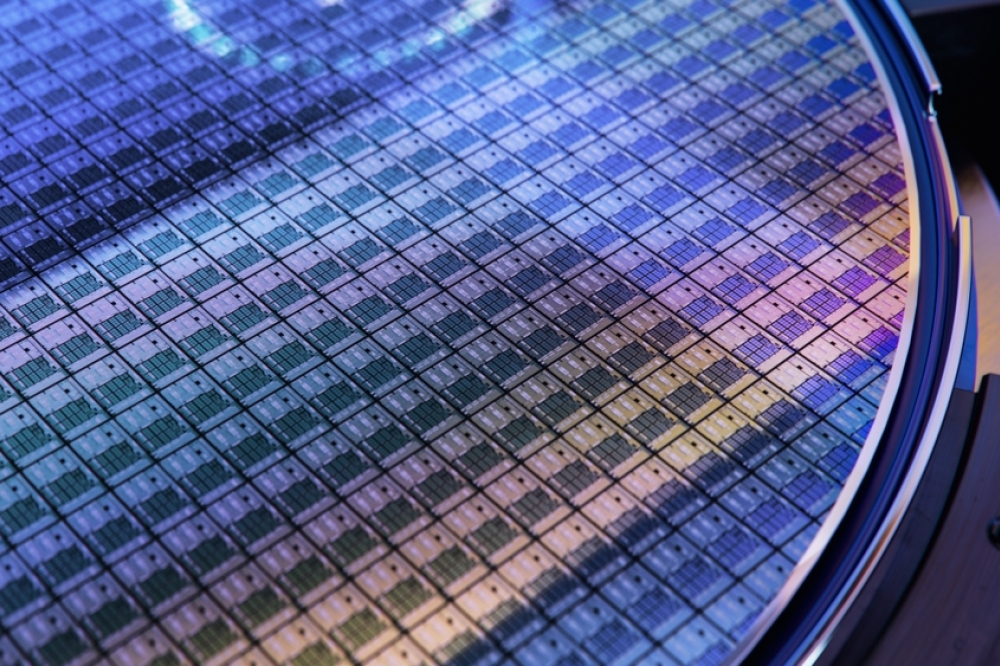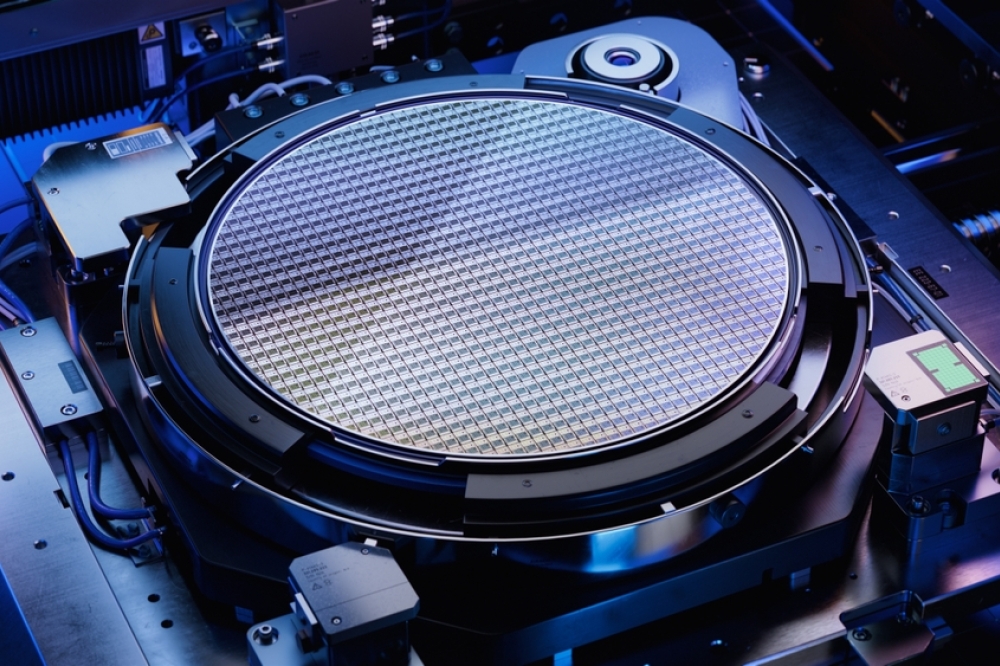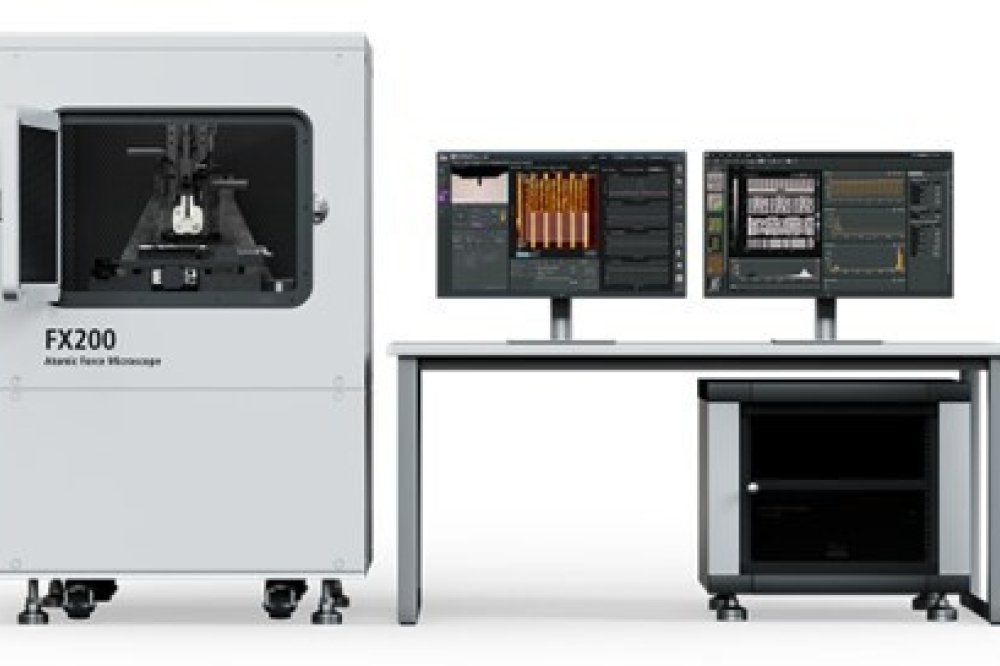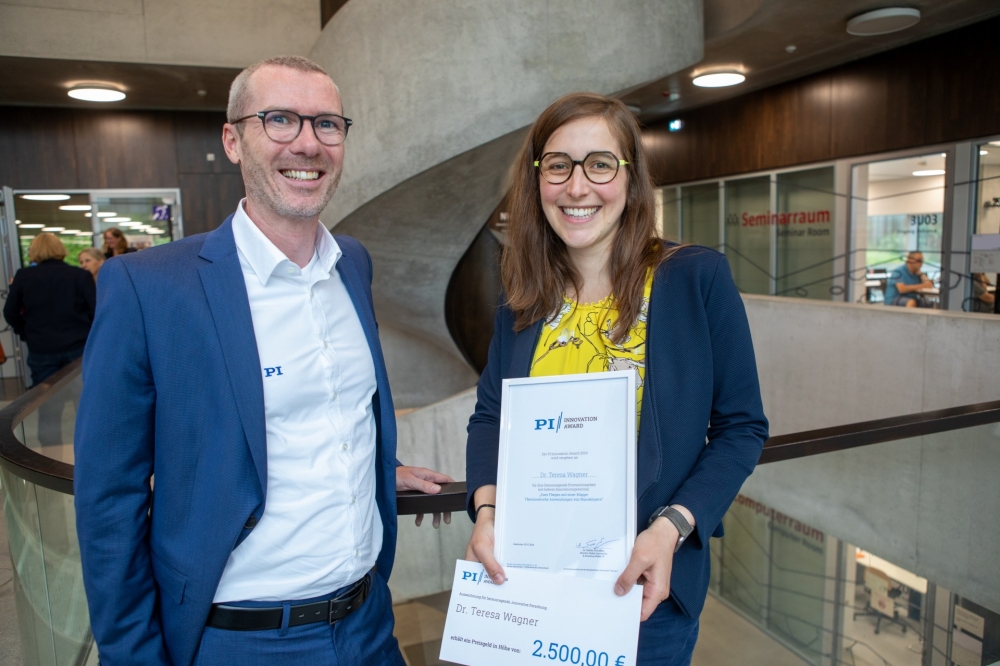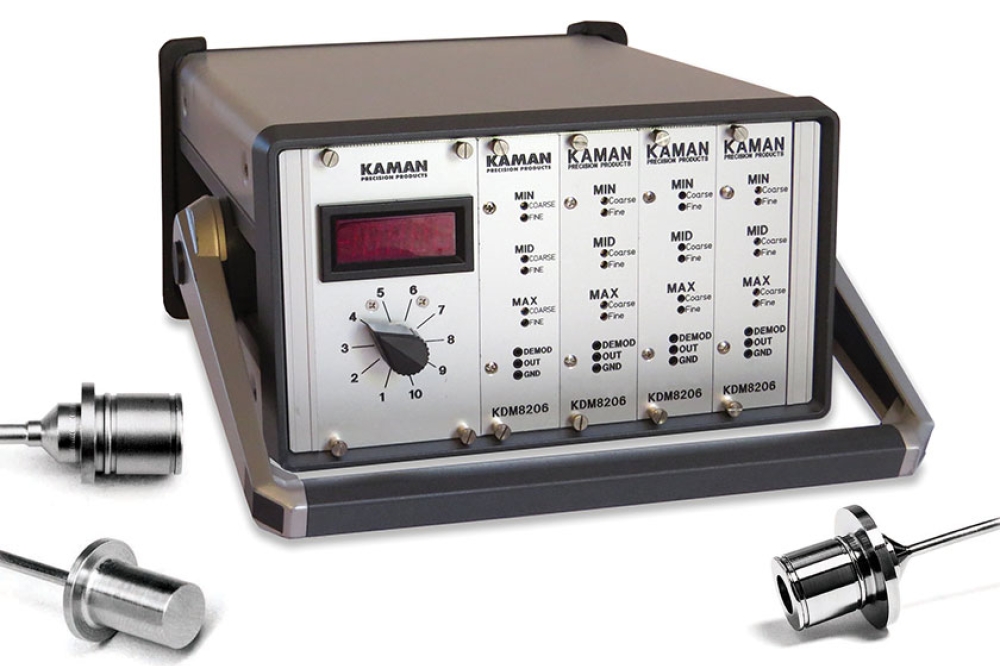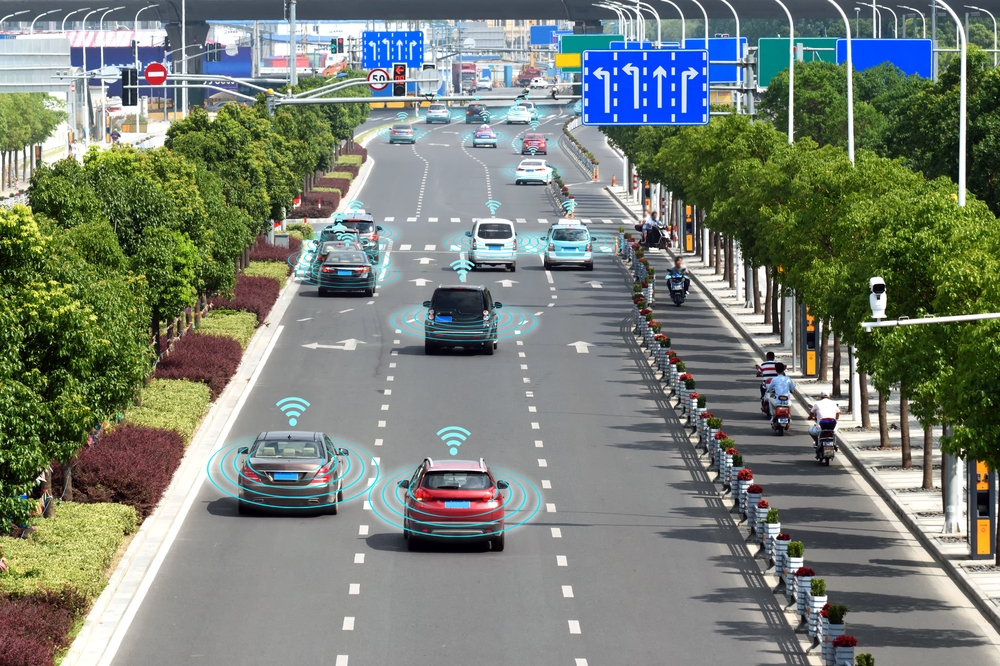Enabling self-cleaning cameras and sensors
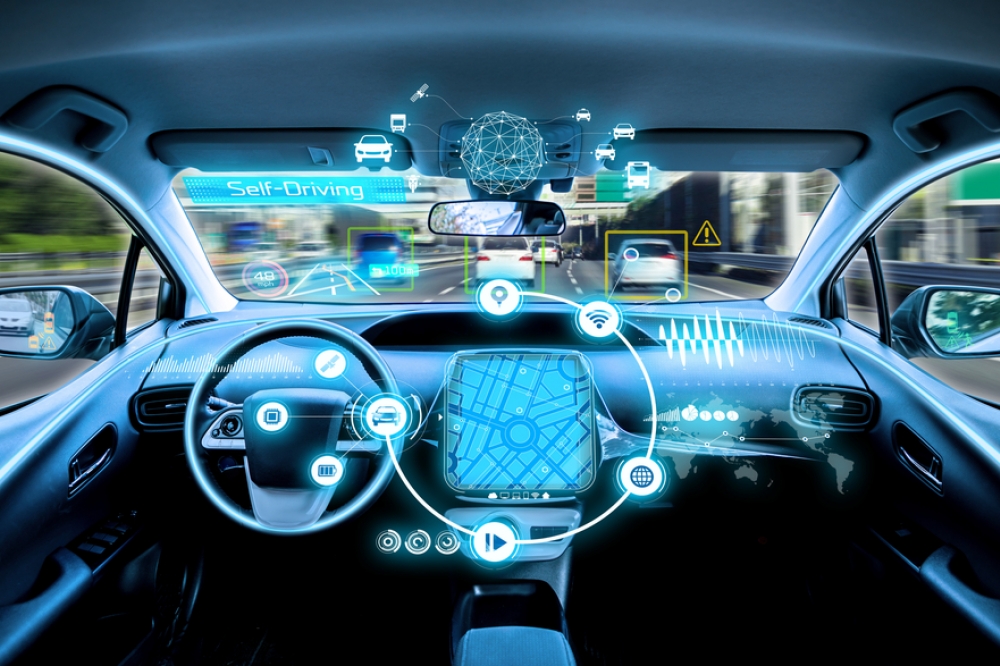
Designers can create reliable, small and affordable cleaning systems for automotive and industrial applications using TI's ULC technology.
Texas Instruments has introduced purpose-built semiconductors with ultrasonic lens cleaning (ULC) technology, enabling camera systems to quickly detect and remove dirt, ice and water using microscopic vibrations.
Removing contaminants from camera lenses traditionally requires manual cleaning, causing system downtime, or the use of various mechanical parts that could malfunction. TI’s new ULC chipset, including the ULC1001 digital signal processor (DSP) and companion DRV2901 piezo transducer driver, features a proprietary technology that allows cameras to rapidly self-clear contaminants using precisely controlled vibrations to rapidly eliminate debris, which improves system accuracy and reduces maintenance requirements. The chipset offers designers a compact and affordable way to use ULC in a wide range of applications and camera sizes.
"ULC can make widespread use of self-cleaning cameras and sensors a reality. Existing cleaning approaches are expensive and impractical, requiring complicated mechanics, costly electronics and significant processing to detect contaminants and execute cleaning," said Avi Yashar, product marketing engineer at TI. "With the recent proliferation of cameras in a variety of applications, from automotive and traffic cameras to smart cities and manufacturing, there’s a strong need for a simple, cost-effective way to enable self-cleaning cameras."
The ULC1001 controller includes proprietary algorithms for automatic sensing, cleaning, and temperature and fault detection without any image processing, making ULC technology highly adaptable to various camera lens designs. The chipset’s small form factor makes it possible to improve machine vision and sensing in a variety of applications – any place that a camera or sensor could get dirty.
"As advanced driver assistance systems [ADAS] become more sophisticated and drivers rely on them more extensively, it will become more important than ever that the sensor suite is fully operational at all times," said Edward Sanchez, senior analyst, global automotive practice, TechInsights. "Dirt or foreign material on a camera lens, which would be just a nuisance in the case of a rearview camera, becomes a vital functional and safety issue on a vehicle that relies on accurate and precise imaging and sensor data. TI’s ULC approach addresses what will soon be a significant issue in the ADAS and autonomous vehicle market both practically and cost-effectively."
Reduce system size and complexity with an integrated solution
TI’s ULC chipset eliminates the need for complex mechanical parts and human intervention in lens cleaning systems. The ULC1001 ultrasonic cleaning DSP with proprietary algorithms integrates a pulse-width modulator, current- and voltage-sense amplifiers and an analog-to-digital converter. Used together with the DRV2901 piezo transducer driver as a companion amplifier, TI’s chipset enables ULC in a compact footprint with a printed circuit board size less than 25 mm by 15 mm, reducing the bill of materials while providing more functionality than a discrete implementation.


